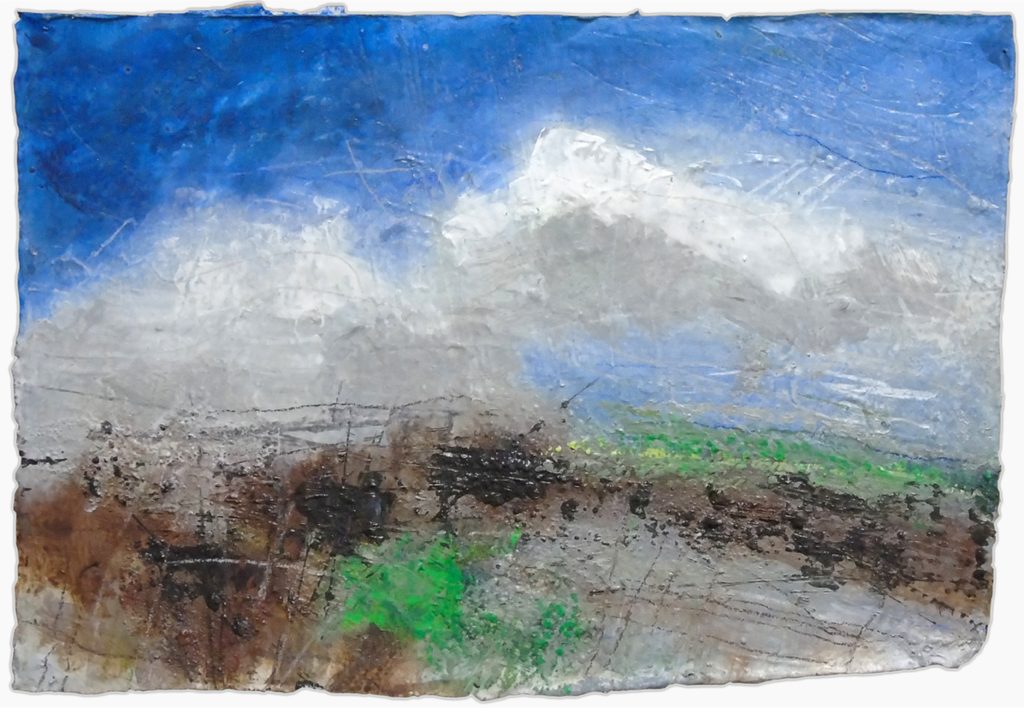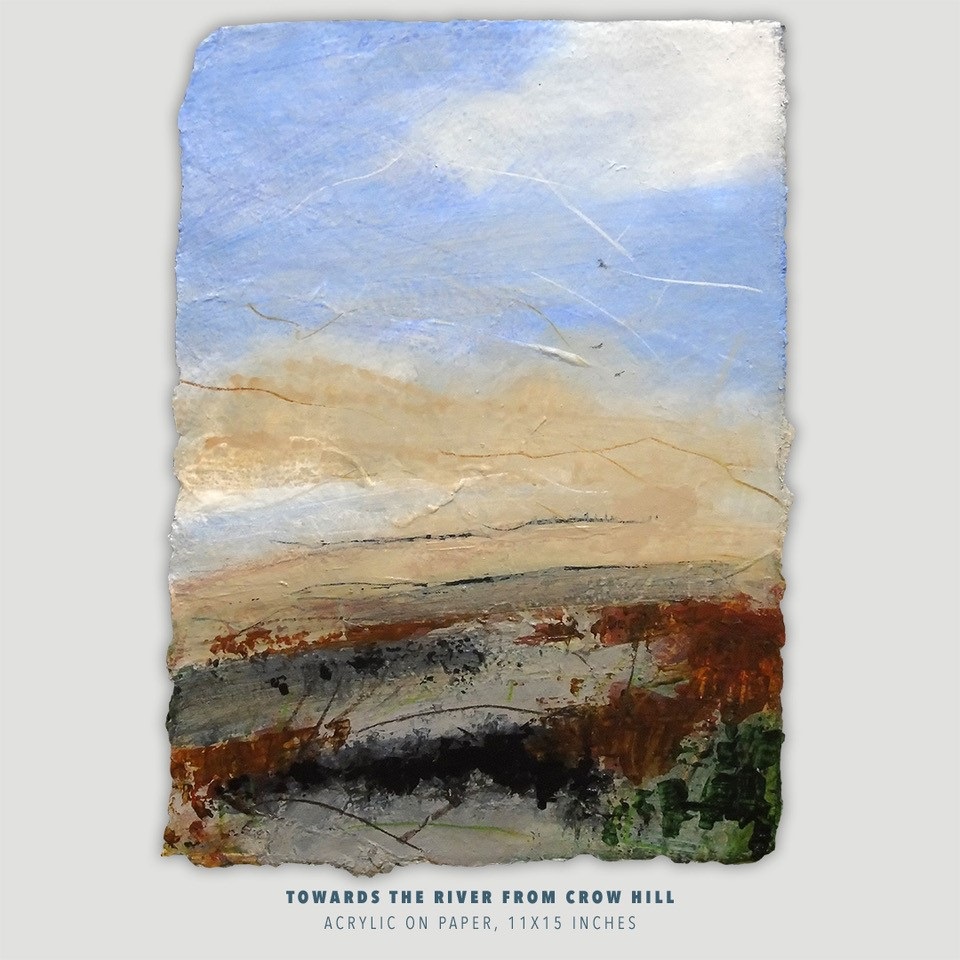
WHERE does Kentmere House Gallery owner Ann Petherick find her artists, she is often asked.
“The best ones always have to be searched out, and I think I first found John David Petty in Ripon Cathedral, showing a collection of wonderful paintings of doors and windows of Holderness churches,” she says.
Not gregarious by nature, Petty is more often to be spotted outdoors, among the flatlands of the East Riding, where he grew up before moving to the West Riding to become a graphic artist.
Moving back east when he took early retirement, he relishes the solitude, wide landscapes and skies in his artistic pursuits. The results can be seen at Ann’s gallery, in Scarcroft Hill, York, from February 3 to April 2 in his Lost And Found exhibition.

“Until I returned in 2008 after 30 years away, I hadn’t fully realised just how much I missed the East Riding and, especially, the River Humber,” says John. “The low-lying land is criss-crossed with drainage channels, and it’s those drains and ditches that keep the Holderness area in a condition that can be farmed.
“I feel a particular connection to these flatlands because it’s here that I grew up: my great grandmother was a servant girl in one of the big farmhouses in the area.”
In Holderness, the landscape is agricultural and intensively farmed, and Petty admits to having conflicting views about the monoculture that has given rise to this vast agricultural expanse.
His paintings are not naturalistically representative of Holderness. Rather, they connect with and communicate his experience of being in the flat and expansive landscape of his ancestors.

His paintings are made by applying, removing and disrupting many layers of colour, marks and materials: an archaeological process that echoes the changing ecology of the land
itself; the changing light and weather, the changing seasons and the changes over the
generations as the land was drained and reclaimed from the river and marshes.
“When I started to draw this landscape seriously, I was clear that the drawing skills I had at my disposal, which came from producing camera-ready artwork for print, were definitely not the direction I now wanted to go in and I had to explore different ways to work,” says John.
“The deeply scratched marks are sometimes structural – graphite or paint will tend to collect in the scratches to produce marks that I couldn’t easily make otherwise – and sometimes they are no more than disruptions which then gives something new for me to work around.”

Favouring oils, acrylics and charcoal, his church work uses the same techniques of deeply etched lines, with the addition of paper collage to capture the texture of ancient stonework
Petty uses Saunders Waterford paper for his drawings and Jackson’s Eco Paper for the acrylic paintings. Eco Paper is a very heavy rag paper and, being handmade, it has an irregular deckle-edge that Petty prefers to keep as he feels it contributes considerably to the work.
Kentmere House Gallery’s opening hours are: every Thursday evening, 6pm to 9pm, and the first weekend of each month (February 3 and 4, March 4 and 5 and April 1 and 2 for Petty’s show), 11am to 5pm. “The gallery is also open at any time by phoning 01904 656507 or 07801 810825, but please ring in advance if travelling any distance,” advises Ann.

